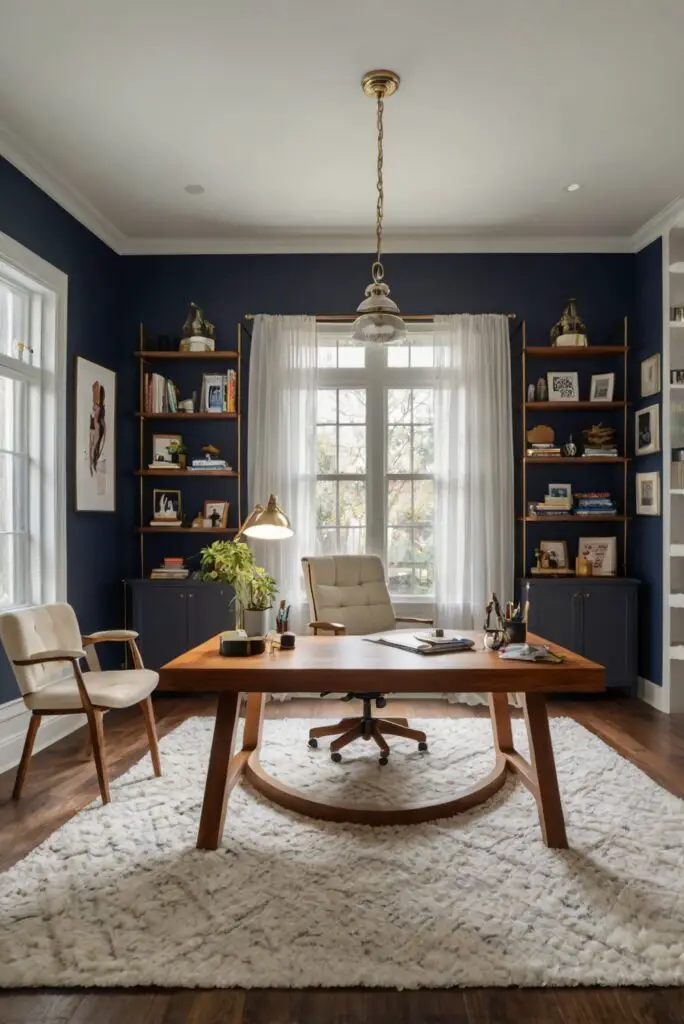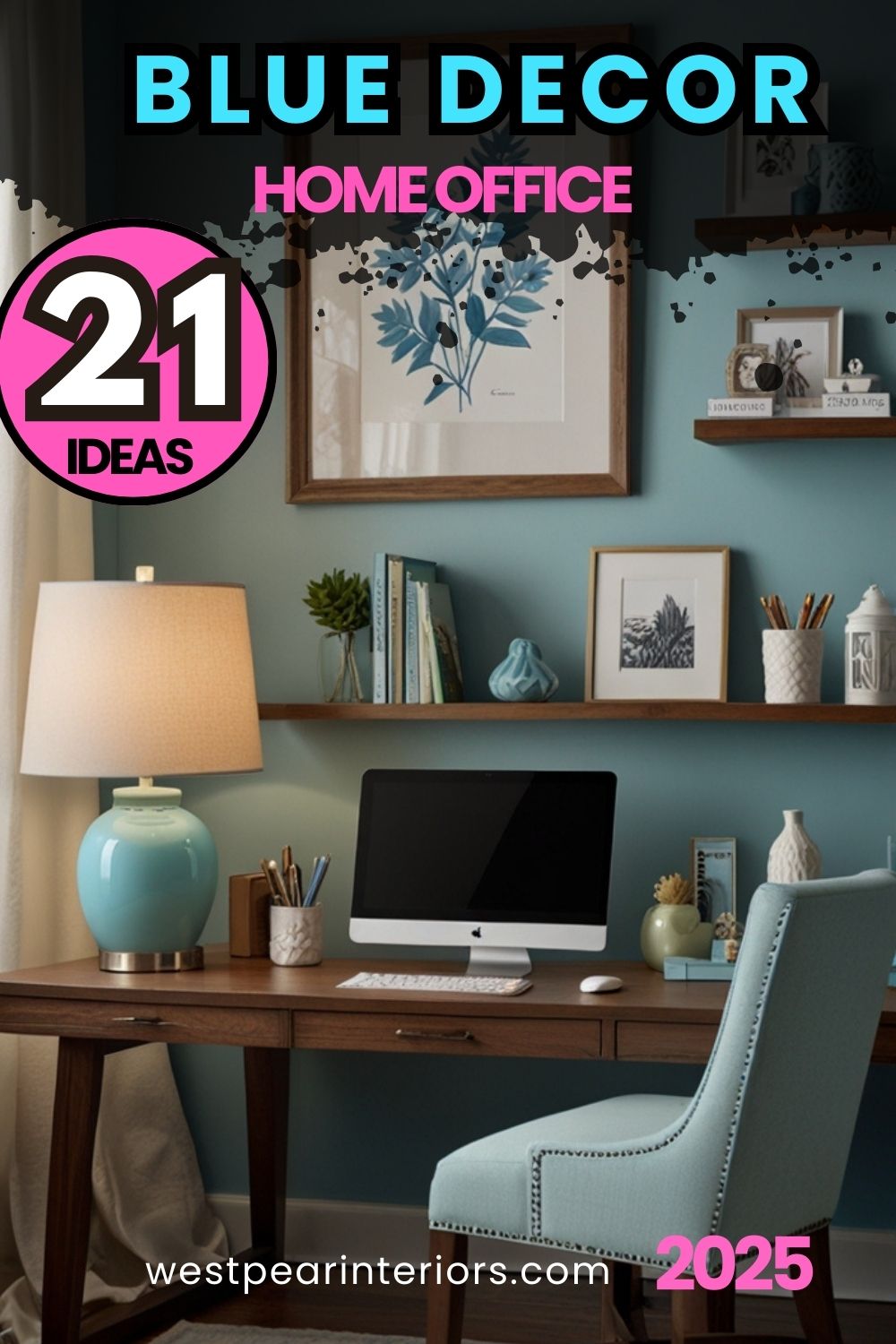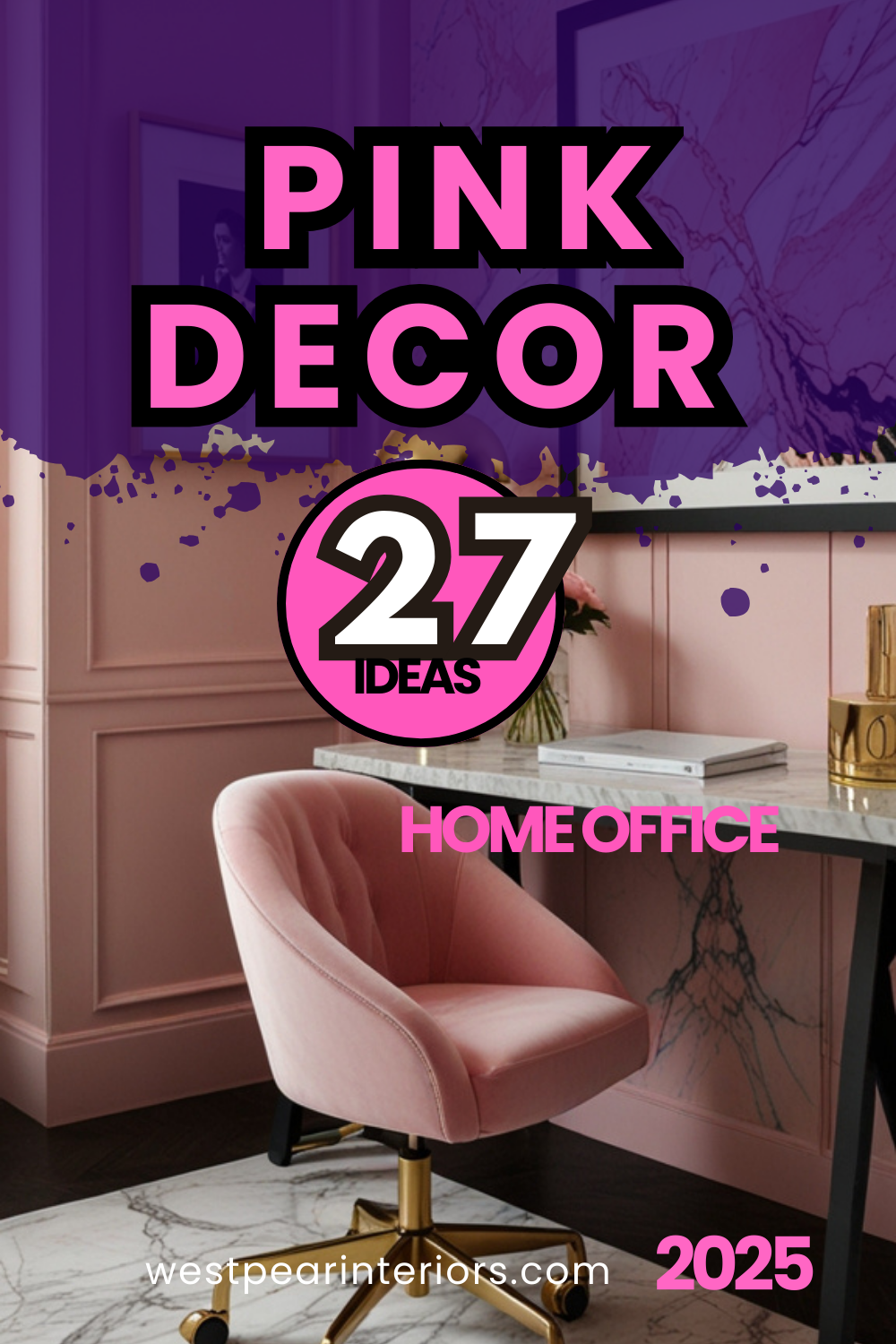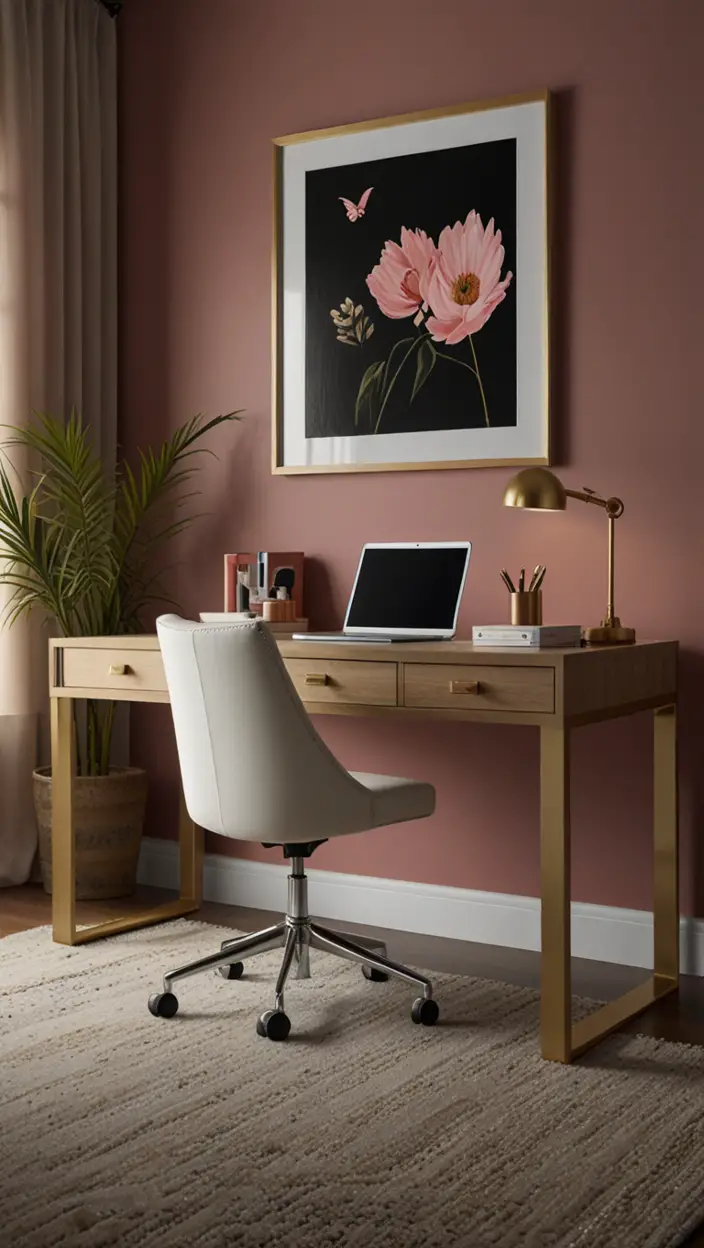Discover how strategic color choices can transform your home office into a spacious sanctuary. Elevate productivity and creativity with expert tips.
When it comes to making your home office feel more spacious through color, there are a few key strategies that can help. First, opt for light, neutral colors such as whites, creams, and light grays on the walls and furniture to create an open and airy feeling. Using a monochromatic color scheme can also help to visually expand the space. Additionally, incorporating reflective surfaces like mirrors or metallic accents can bounce light around the room and make it feel larger. Keep the color palette consistent throughout the space to maintain a cohesive look. Don’t forget to consider the natural light in the room when selecting colors, as different hues can be affected by lighting conditions. Remember, the goal is to create a harmonious and inviting environment that promotes productivity and focus.
When creating a color scheme to make your home office feel more spacious, it’s crucial to consider several key aspects to achieve the desired effect.
My Lovely Spring Paint for 2025
Ready for a Spring Makeover? Explore the Freshest 2025 Paint Trends!
White Sage/Green SW Pistachio green Soft blue Honeysweet/Orange Pink Sugar Sage Tint BMAs an Amazon Associate, I may earn a commission from qualifying purchases at no extra cost to you.
One essential factor is **light colors**. Light, neutral tones like white, cream, light gray, or pastel shades can significantly contribute to the perception of a larger space. These colors reflect natural light, creating an airy and open feel. Opting for a monochromatic color scheme can also help unify the space and prevent it from feeling segmented.
**Contrast** is another important element to keep in mind. While light colors are ideal for walls and larger surfaces, incorporating **contrasting accents** can add depth and visual interest to the room. Consider using a darker hue for furniture, rugs, or decorative accessories to create balance without overwhelming the space.
**Reflective surfaces** can play a key role in amplifying the sense of spaciousness in your home office. Furniture or decor items with reflective finishes, such as glass, mirrored accents, or metallic elements, can bounce light around the room and visually expand the space.
My fAV Spring DECOR for 2025
Discover Spring’s Best 2025 Decor Combinations – Perfect for Any Room!
Oversized Indoor Plants White Curved Sofas Rugs BOH Brown Cream Moroccan Hype Boho Rug Outdoor Patio Furniture Sets Topfinel Pillow CoversAs an Amazon Associate, I may earn a commission from qualifying purchases at no extra cost to you.
**Strategic use of color blocking** can help define different areas within your home office while maintaining a sense of openness. By **allocating lighter colors to the areas closer to windows** and keeping darker tones towards the center of the room, you can create a layered effect that enhances the perceived size of the space.
To make your home office appear larger, it’s advisable to **avoid dark, bold colors** that can visually shrink the room and create a more confined atmosphere. While dark colors can add drama and sophistication, they are less conducive to creating an expansive feel. Instead, opt for **lighter shades** that reflect light and contribute to a brighter, airier environment.
Another color choice to steer clear of in a small home office is **intense, high-energy colors**. Vibrant hues like bright red, electric blue, or neon green can be visually stimulating but may overwhelm a small space and make it feel congested. If you want to introduce a pop of color, consider using it sparingly as an accent or in decor items rather than as the primary palette for the room.
When it comes to creating the illusion of a larger space in your home office, **wallpaper** can be a versatile alternative to paint. Opt for wallpaper designs with **subtle patterns or vertical stripes** that can visually elongate the walls and draw the eye upward, creating a sense of height. Additionally, **textured wallpapers** can add depth and dimension to the room without overwhelming it.
Incorporating **natural light** into your home office is a powerful way to make the space feel more open and spacious. Natural light not only brightens the room but also enhances the perception of depth and airiness. If your office lacks sufficient natural light, there are several strategies you can employ:
– **Use artificial lighting**: Supplement natural light with **well-placed lamps** and **overhead fixtures** to ensure adequate illumination throughout the space.
– **Opt for daylight-mimicking bulbs**: Choose **LED bulbs** that mimic natural daylight to create a more inviting and energizing atmosphere.
– **Strategically position mirrors**: Place **mirrors** opposite windows to reflect natural light and visually expand the room.
– **Keep window treatments light**: Choose **sheer curtains or blinds** that allow natural light to filter through while maintaining privacy.
– **Utilize light-colored furniture and accessories**: Select **furniture pieces** and **decor items** in light shades to reflect light and contribute to the overall brightness of the space.
When selecting furniture for a small home office, opt for **pieces that serve multiple functions** and offer **storage solutions** to maximize space efficiency. Consider the following types of furniture:
– **Modular furniture**: Choose **modular desks** and **storage units** that can be customized to fit your space and provide ample storage while maintaining a streamlined look.
– **Wall-mounted shelves**: Install **wall-mounted shelves** to free up floor space and create storage opportunities without overcrowding the room.
– **Multipurpose furniture**: Invest in **multipurpose pieces** like a **storage ottoman** that can double as seating or a **folding desk** that can be tucked away when not in use.
– **Transparent furniture**: Opt for **clear acrylic or glass furniture** to create a sense of openness and prevent visual clutter in a small space.
To enhance the sense of space in your home office, consider incorporating **varied textures and patterns** that add visual interest without overwhelming the room:
– **Mix textures**: Combine **smooth surfaces** like glass or metal with **textured materials** such as wood, fabric, or woven elements to create depth and dimension.
– **Layer rugs**: Place **rugs of different textures** and **pile heights** to add warmth and tactile appeal to the space while defining designated areas within the room.
– **Introduce patterns**: Select **subtle patterns** or **geometric designs** in decor items like throw pillows, curtains, or artwork to infuse personality and visual intrigue into the space.
Organizing and decluttering your home office are essential steps to maximizing the perceived space and creating a functional and harmonious work environment:
– **Streamline your belongings**: Declutter your home office by **removing unnecessary items** and **organizing supplies** in designated storage solutions to free up surface areas and ensure a tidy workspace.
– **Utilize vertical space**: Install **wall-mounted organizers**, **shelves**, or **pegboards** to keep frequently used items within reach while minimizing clutter on your desk or work surface.
– **Implement a filing system**: Sort paperwork and documents into **labeled folders** or **file bins** to maintain order and prevent piles of paper from accumulating.
– **Create zones**: Define different **work zones** in your home office for tasks such as **writing, computing, or storage**, to establish clear boundaries and optimize the use of space.
In summary, utilizing color effectively is a powerful tool for making your home office feel more spacious. By incorporating light colors, strategic contrasts, reflective surfaces, and well-chosen patterns, you can create a visually expansive environment that enhances productivity and creativity.
##### Key Takeaways
– **Light colors** like white, cream, and pastels can make a room feel more spacious.
– **Contrast** between light and dark colors can add depth without overwhelming the space.
– **Reflective surfaces** and **color blocking** can amplify the sense of openness in a home office.
– Avoid **dark and intense colors** that can visually shrink the room.
– **Wallpaper with subtle patterns** and **vertical stripes** can create the illusion of a larger space.
– **Maximize natural light** with strategic lighting choices and light-colored decor.
– Choose **furniture with storage solutions** and **multipurpose functionality** for a small home office.
– **Incorporate varied textures and patterns** to add visual interest without overcrowding the space.
– **Organize and declutter** to maximize space and create a harmonious work environment.
By applying these tips and strategies, you can transform your home office into a spacious, inviting, and functional workspace that inspires creativity and productivity.






